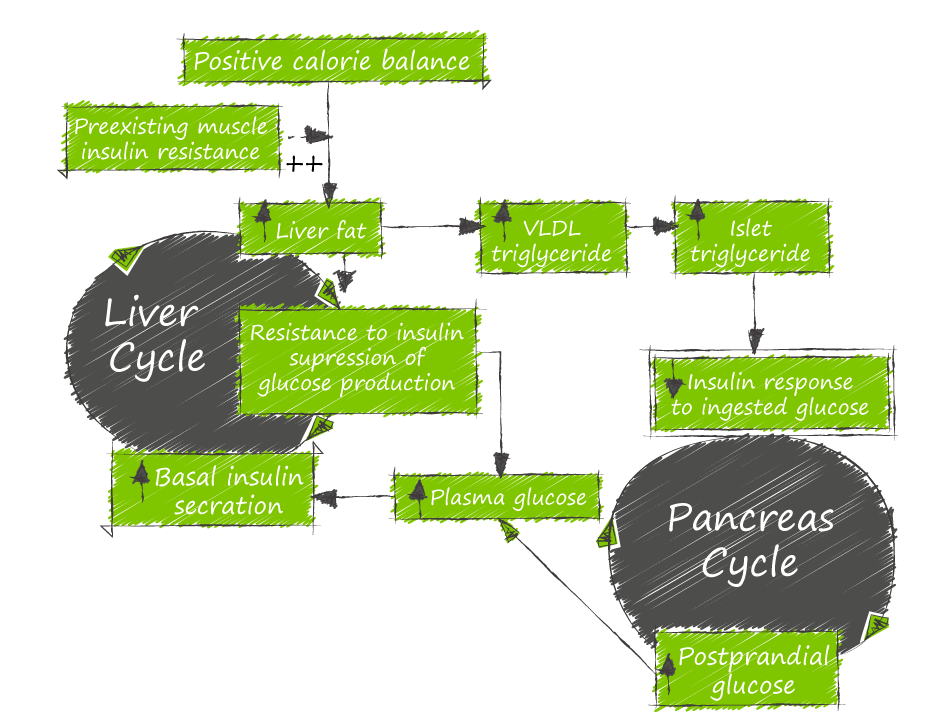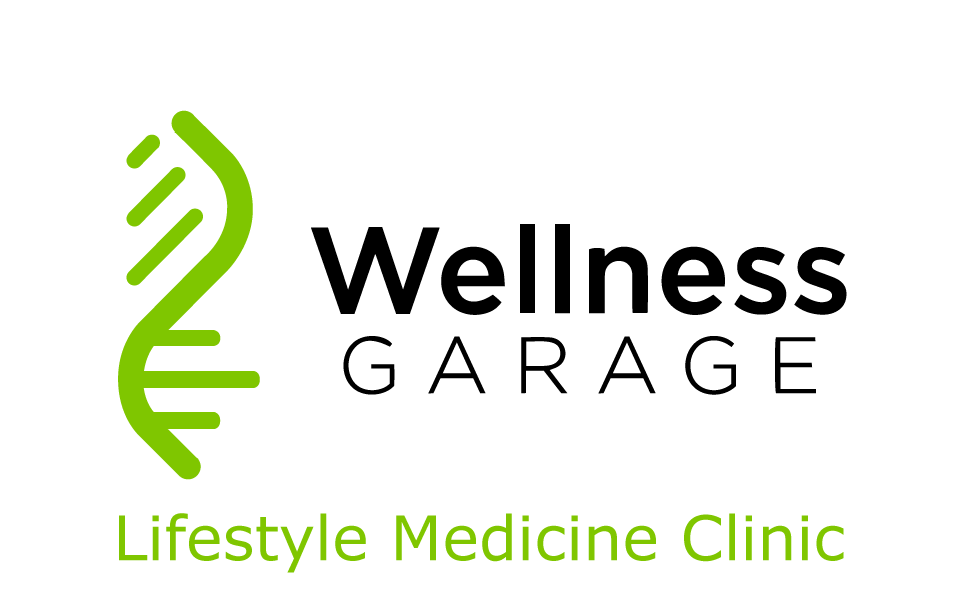|
In part I, we discussed the impact of Type II Diabetes on our health and the extent of the epidemic of diabetes in Canada and the world:
The traditional approach can be summarized as:
Yet we have clear evidence that diabetes can be reversed. The first hint of this reversal comes from the outcomes of bariatric surgery. In 1992, Pories et al. showed that blood glucose levels normalized in obese people with Type 2 diabetes who had undergone bariatric surgery and that almost 10 years later 90% remained free of diabetes. The effect of bariatric surgery to reverse diabetes has been replicated in numerous studies with rates of remission ranging from 30 to 70% depending on the procedure and trial. Overall the long term remission correlates with the amount of fat loss achieved and maintained. But this correlation may be misleading when it comes to causation. The changes in insulin resistance and blood sugar happen well before there is any significant loss of fat. Initially there was belief that these early effects were mediated through incretin hormone secretion. Closer analysis shows that real change happens through the initial rapid decline in caloric intake at the time of surgery. This creates a sudden reversal of traffic into fat stores that brings about a profound change in the intracellular concentration of fat metabolites. This effect happens first in the liver and other ectopic (visceral) fat storage sites. These changes represent a sudden and dramatic reversal of the proposed cause of insulin resistance. With this evidence that Type II DM can be reversed by bariatric surgery and that the effect results from the immediate reversal of the intracellular changes that cause insulin resistance and diabetes in the first place, the next question is can this be done through diet - without the cost, risk and complications of surgery. The simple and resounding answer is YES: Type II DM can be reversed through dietary interventions. Before we look at the therapeutic nutrition trials that are now providing evidence that diabetes is reversible, I want to step back and look at the mechanism and time course of insulin resistance, as this will help us understand what approach an individual looking to reverse diabetes should follow. Insulin resistance is a process by which muscle, fat and liver cells no longer respond properly to insulin and thus cannot easily absorb glucose from the bloodstream. As a result, the body needs higher levels of insulin to help glucose enter cells. The liver is the key player in the development of diabetes, as it is the hepatic production of triglycerides from excess carbohydrates that is at the root of the disease process. Interestingly, it is the reversal of insulin resistance in the liver that occurs during the immediate hypocaloric response to bariatric surgery. The trigger theory for the twin cycle explains the mechanism for both the development and reversal of Type II DM, and provides the foundations of a strategy for a new paradigm for diabetes management. This theory postulates that:
These changes in the liver also lead to
The key is to understand at what the point the trigger is activated in the liver, that is the point at which liver fat accumulates along with the corresponding trigger level at which adverse metabolic effects of fat on the pancreas occur. The goal of any therapeutic effort to reverse diabetes would then be to reduce the liver and pancreas fat below the personal trigger levels. The key here is the liver: we have known for some time that insulin resistance in Type II DM correlates with liver fat - decrease the liver fat and the diabetes improves. How do we decrease liver fat?
If bariatric surgery’s immediate effect on diabetes results from this hypocaloric induction – can this be done through diet alone, without surgery. In Part III, we will explore some of the new and powerful evidence for therapeutic nutrition that demonstrates that Type II Diabetes is in fact reversible through dietary interventions. Is Diabetes Reversible - Part I Is Diabetes Reversible - Part 3 |
AuthorDr. Brendan Byrne Categories
All
|

 RSS Feed
RSS Feed
